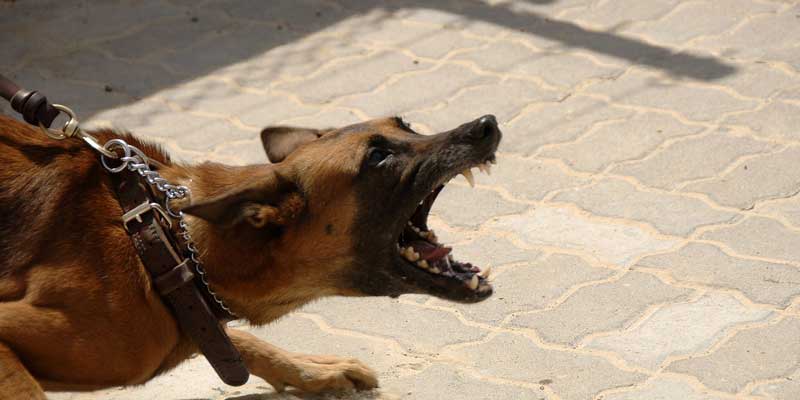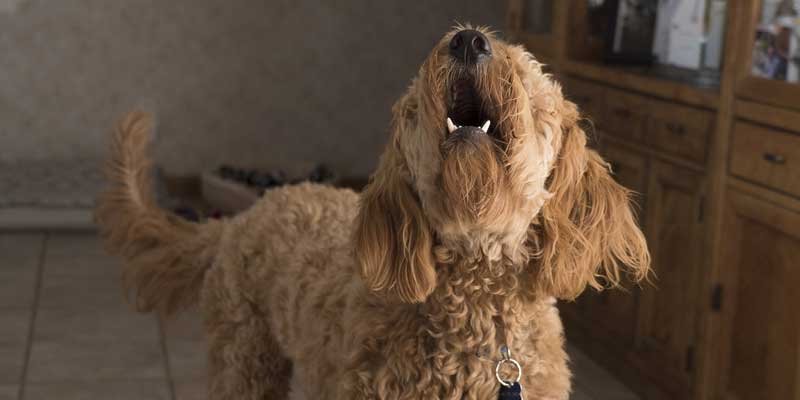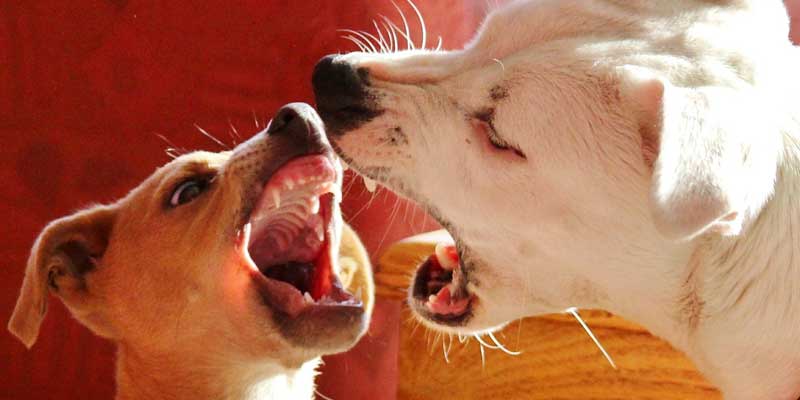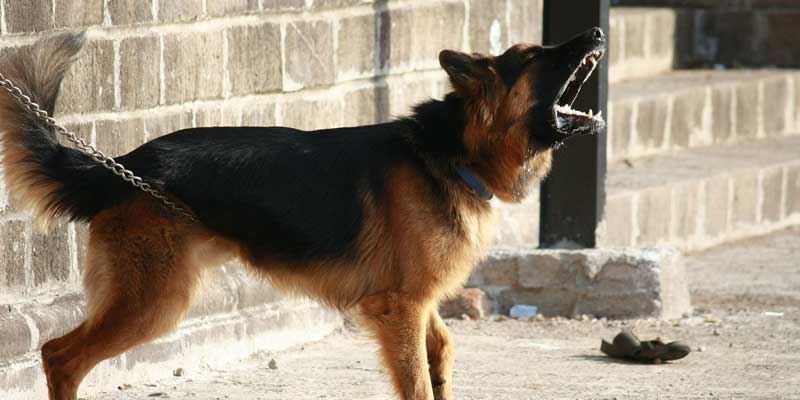
If your dog regularly snaps, growls, or bites, then your dog is having a complicated behavior problem. However, little aggression isn’t bad, but having all the time is pointing towards a serious issue. Aggression is one of the most common reasons in which dog parents seek the help of professional dog trainers. You might surprise, aggression isn’t only prevalent in so-called large “dangerous breed,” but also any breed can form this aggression in some circumstances.
Best Selling Dog Treats
Last update on 2025-06-09 / Affiliate links / Images from Amazon Product Advertising API
Keep in mind, aggression can’t be cured overnight, but there are some behavior tips that you can take into account to make your dog calm. Some reader has requested – how to make my dog less aggressive, and I am going to answer this question in this post. So let’s get started!
Signs That Your Dog May Become Aggressive

Some common symptoms can help you to understand that your dog is becoming aggressive. However, sometimes it might be a sign of anxiety or fear in some dog
- Averting gaze
- Raised fur
- Seeing whites of the eyes
- Growling and snapping
- A rigid body and quickly wagging tail
- Lip licking or yawning
- Covering and tail tucking
Before talking about how to make a dog less aggressive, we have to know how why dogs get aggressive; it will help you understand the actual problem with your dog.
Type of Aggression

- Protective aggression – This aggression is quite common and can be seen when a dog protects its family member from another animal or a person.
- Territorial aggression – Potential intruder to space or your home can unlock territorial aggression in your dog.
- Possessive aggression – When a dog protects food, chew toys, bones, or another valuable object is the reason for possessive aggression. Sometimes it is also called resource guarding.
- Fear aggression – When a dog fears and tries to step back in a scary situation, but attack when needed, called fear aggression.
- Defensive aggression – It’s something the same as the fear of aggression, but in this process, the dog tries to attack first in defense rather than retreat.
- Social aggression – Some dogs aren’t appropriately socialized with other dogs, and they might react aggressively to when they meet other dogs.
- Sex-related aggression – Two male or female dogs become aggressive when vying for the attention of a mate.
- Predatory aggression – This aggression is very dangerous, and it exhibits without any warning – such as chasing wildlife. It’s very dangerous because when a child is playing chase with the dog, in the starting, it may look like an innocent game, but it can turn out to be a fatal one, and dog can bite your child.
- Redirected aggression – When dogs are fighting, and someone tries to stop them, then some dogs become aggressive toward that person.
- Pain-elicited aggression – When a dog gets injured, or in pain, it can show aggression.
- Frustrated-elicited aggression – When a dog becomes restricted on a leash or in a fenced yard, then it can become aggressive.
How to Make My Dog Less Aggressive

When your dog reacts aggressively, then make a note of the circumstance and surrounding behavior. It is a crucial step to understand the cause of aggression and eliminate it. With this behavior signal, you can reach to the root cause of the attack. There are some ways you can manage the hostility and help your dog remain calm. Keep in mind; this problem won’t go away instantly; it will take time, consistency, and possibly the help of a professional.
1. See Your Veterinarian
If your dog has gained sudden aggression, it might have an underlying medical problem. Some health problems, such as hypothyroidism, painful injuries, and neurological problems (epilepsy, encephalitis, and brain tumors) can cause aggression in a dog.
2. Create a Plan
A behaviorist or trainer can help you figure out the root cause of the problem. In this process, the trainer uses positive reinforcement to teach your dog a new behavior. It’s one of the very effective methods that I tested with my previous dog.
3. Avoid Punishment
Punishing your dog when he becomes aggressive will likely ruin the whole game, and the dog will start biting. You should avoid any type of punishment, such as hitting, yelling, or any other aversive method. When you punish your dog, then he may feel to defend yourself by biting you. The regular punishment might lead to your dog biting someone else without even warning.
4. Consider Medication
The medication can help you to manage the aggression, which is caused by fear or anxiety, stress because, in some cases, the training isn’t enough. Many dogs will only need medication temporarily; you have to talk to your veterinarian about it.
I hope these above methods will help you understand the reason for your dog’s aggression. Changing your dog behavior takes some time, and you have to be patient.
Thanks for reading, have a great day 🙂







